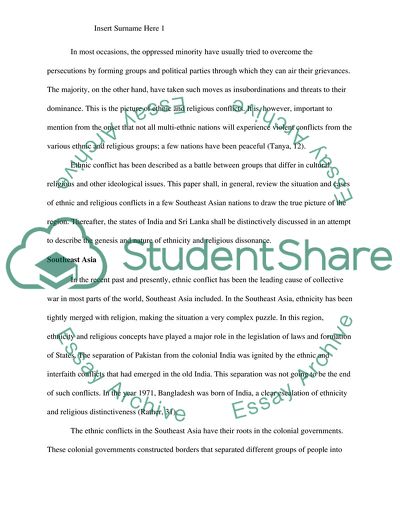Cite this document
(Violent Conflicts In Southeast Asian Regions Research Paper, n.d.)
Violent Conflicts In Southeast Asian Regions Research Paper. Retrieved from https://studentshare.org/politics/1850608-area-studies-final
Violent Conflicts In Southeast Asian Regions Research Paper. Retrieved from https://studentshare.org/politics/1850608-area-studies-final
(Violent Conflicts In Southeast Asian Regions Research Paper)
Violent Conflicts In Southeast Asian Regions Research Paper. https://studentshare.org/politics/1850608-area-studies-final.
Violent Conflicts In Southeast Asian Regions Research Paper. https://studentshare.org/politics/1850608-area-studies-final.
“Violent Conflicts In Southeast Asian Regions Research Paper”, n.d. https://studentshare.org/politics/1850608-area-studies-final.


